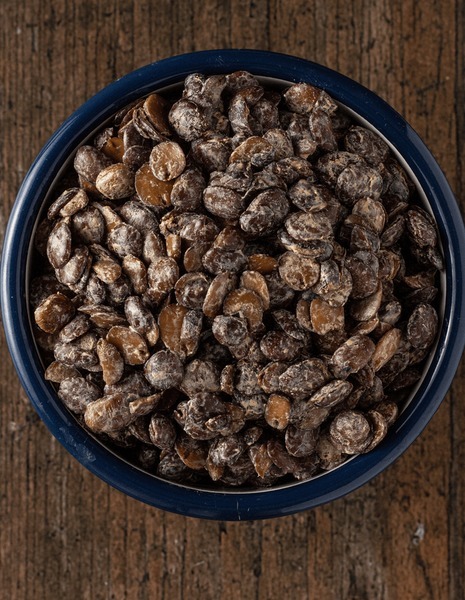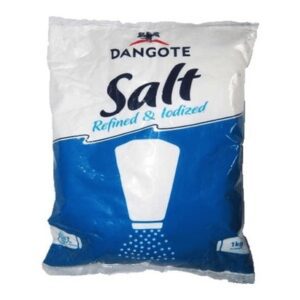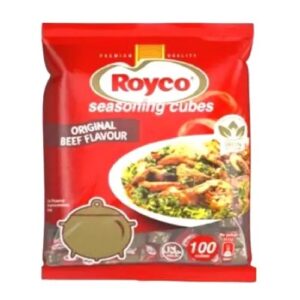Description
Dried Iru (Locust Bean) is a traditional West African seasoning made from the fermented seeds of the African locust bean tree (Parkia biglobosa). It’s widely used in Nigerian, Ghanaian, and other West African cuisines to add depth and umami to dishes.
Key Characteristics:
-
Appearance:
Dried iru consists of small, flat, dark brown to black beans that may be shriveled or slightly sticky, depending on how they are dried (sun-dried or smoked). -
Texture:
Chewy and fibrous when dried. It softens upon soaking or cooking. -
Aroma:
Strong, pungent, and earthy—similar to fermented foods like miso or aged cheese. The aroma intensifies with fermentation but mellows out in cooking. -
Flavor:
Rich, savory, and umami-heavy, with a slight bitterness and a distinctive fermented taste. It enhances the flavor of soups, stews, and sauces.
Culinary Uses:
-
Common in dishes like:
-
Egusi soup
-
Ogbono soup
-
Efo riro (vegetable stew)
-
Ofada sauce (Ayamase)
-
-
Often ground or mashed before use.
-
Sometimes soaked in water to rehydrate or reduce pungency before cooking.
Types:
-
Iru Woro: Less fermented, firmer and used in stews.
-
Iru Pete: Softer and more fermented, typically used in soups.
Nutritional Value:
-
Rich in protein, fiber, and essential minerals like calcium and potassium.
-
Contains beneficial probiotics due to fermentation.
Storage:
-
Keep in a cool, dry place.
-
Can be refrigerated or frozen for extended shelf life.






